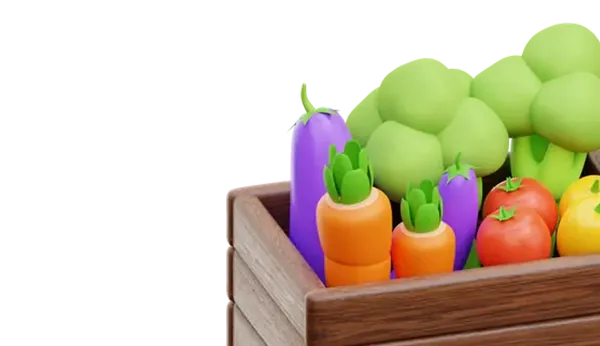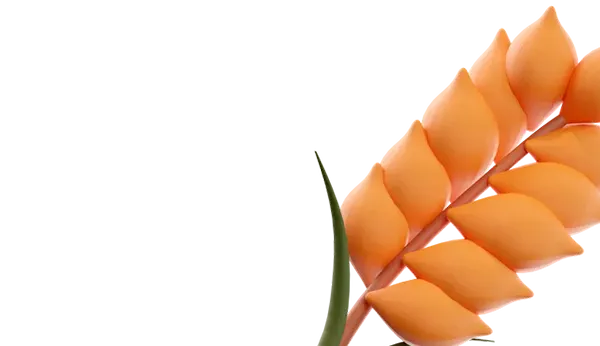July is coming to an end, and traditionally Kazakhstani farmers start discussing their crop prospects. However, this year the situation has changed slightly due to late sowing. The fields are still green, and of course, it is too early to talk about the beginning of harvesting in mid-August.
Nevertheless, there are already some prospects visible.
Obviously, farms that truly know how to take advantage of the favorable weather conditions this year are successful. They choose high-quality seeds, follow the optimal seeding rate, and use necessary fertilizers. As a result, the yield on such fields is 40 tons and above.
If farmers cannot or do not want to work with proper technology, then the rains, of course, are beneficial for their crops, but to a limited extent. The excess moisture is not sufficient for the full development of plants. In addition, some crops require necessary treatments to prevent diseases and pests. The projected yield on these fields is around 10 tons per hectare.
Special interest lies in profitability calculations. According to farmers' estimates, the minimum cost per hectare this year will be 60,000 tenge (including harvesting expenses). With the current forecast price for wheat at 80,000 tenge per ton, the income per hectare will be 20,000 tenge or 30-35% of the expenses. The result is sufficient, but on the edge. Without the summer rains, the yield on such fields would have been 6-7 tons per hectare, and farms would have received zero income at best.
When using expensive technology (high-quality seeds, disease and parasite protection, fertilizers, top dressing, etc.), the costs per hectare will be no less than 150,000 tenge this season. By harvesting around 40 tons of grain and selling it at a price of 80,000 tenge, farmers will earn at least 300,000 tenge. Thus, the profitability will be 100% and possibly even higher. Even with a yield of 30 tons per hectare, profitability will be satisfactory - 50%.
These calculations once again confirm that working in accordance with the right agrotechnology allows for higher income with larger investments. Of course, there are risks - one must harvest the crop in time, for which there are currently only hopes. And the situation can change very quickly, as it did last year when the rainy September put all farmers' expectations at risk.















